| |
View from south
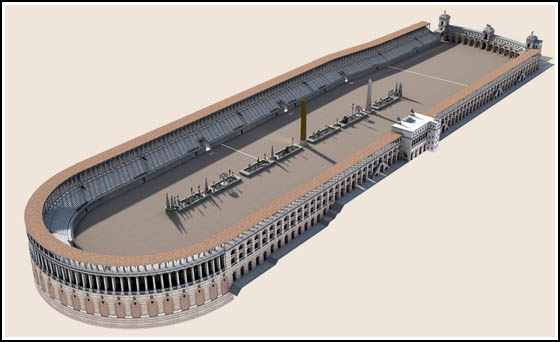
The construction of the Hippodrome of Byzantium allegedly began already in the time of the emperor Septimius Severus after 196. It was finished by Constantine the Great and probably inaugurated together with the city in 330. The Hippodrome was rebuilt several times and remained in great parts intact until the fire of 1204. It served for horse races, various other games and public meetings in the presence of the emperor who had his seat in the so-called Kathisma, a monumental elevated loge that could be accessed directly from the imperial palace.
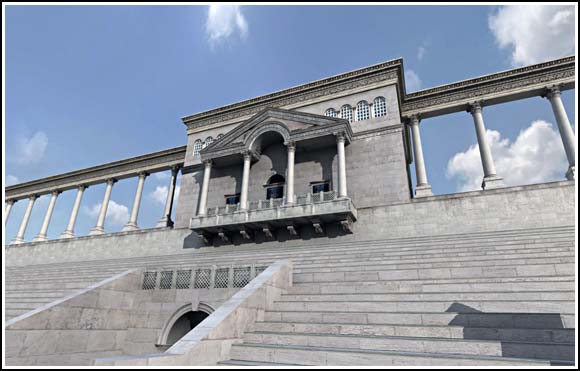
Kathisma
With the decline of late antique urban culture, the number of races declined after 600, but the Hippodrome continued to be used until the end of the empire. The main architectural features of the Hippodrome besides the tribunes are the starting boxes at its north-eastern end, the Sphendone, i. e. the curved part in the south-west that was elevated by a vast substructure and decorated with monumental columns on the outer side, and the Spina.
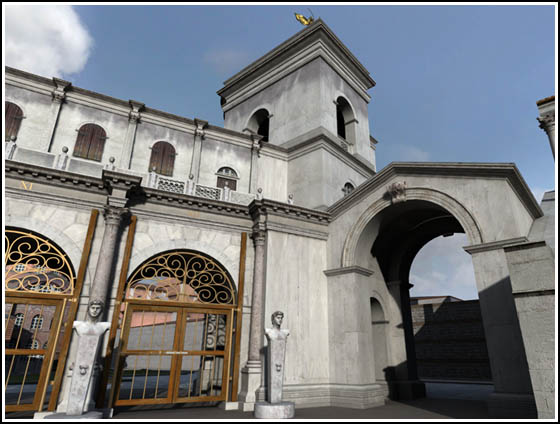
The Spina, the separating wall in the middle of the racing course, was decorated by a large number of antique works of art, including the Delphi Tripod, the Bronze and the Egyptian Obelisk.
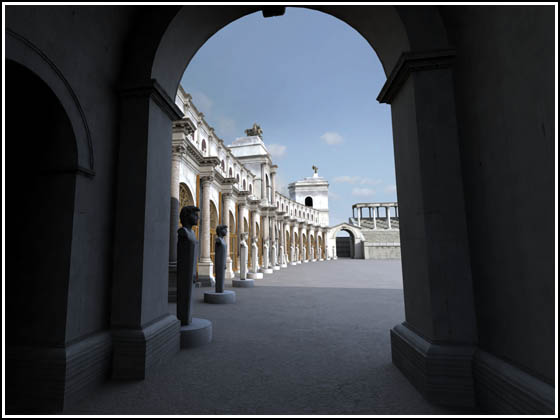
Some of the statues we know of are a donkey&rider, egyptian bull god Apis fighting a crocodile, She-wolf suckling Remus and Romulus, Heracles by Lysimachos, a bronze eagle standing on a serpent.
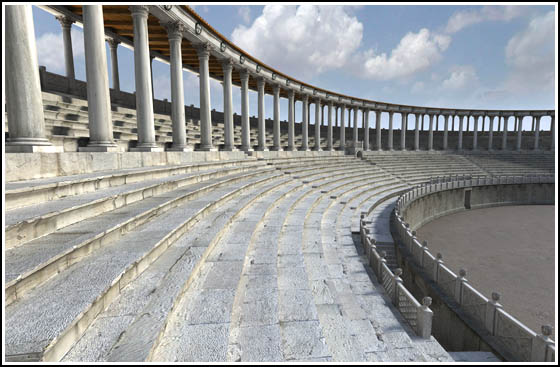
Referee's Box 
Horses of the Hippodrome.
These bronze horses were at the top of the boxes. They were later brought to Venice and they are now at St. Marco Cathedral. |